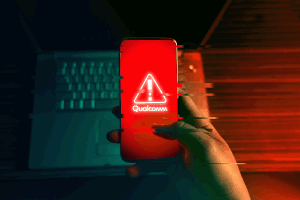Affected smart phones are Sony Xperia XA2 and likely the Fairphone and many more Android phones which use popular Qualcomm chips. The data is sent without user consent, unencrypted, and even when using a Google-free Android distribution. This is possible because the Qualcomm chipset itself sends the data, circumventing any potential Android operating system setting and protection mechanisms.



A comment on this by GrapheneOS reddit account here: